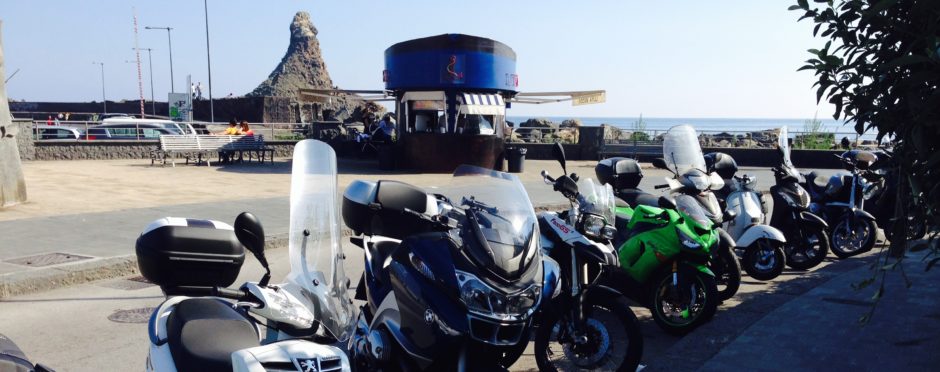Motorists willing to take more risk and err in judging motorcycle closure rates have to be one of the major contributing factors in most, if not all, pull-out collisions.
Most of us that ride probably already know this, but I’d like to share my thoughts on planning for and avoiding the risk. We’ve all been there, sitting at an intersection, median or side street waiting to pull out into or across traffic in our cars. Sometimes we have to wait behind another motorist, other times we get lucky and make a quick pull-out.
As motorcyclists we have two things going against us: Perception errors made by motorists and their increasing risk tolerance over time. The risk curve would look something like this:
But, faced with a dump truck, car or motorcycle closing on their position at the same speed and distance, they won’t pull out in front of the truck. They wait, then will pull out in front of a car that may be even closer than the truck was — and you are the motorcycle!
As I’ve seen this happen many times over the years, I’ve come to the conclusion that as an object gets smaller, it becomes more difficult for most people to judge closure rate and determine how much time they have until the target is upon them because they just don’t perceive the size changes rapidly enough. That big semi truck gets your attention, bikes don’t.

They’re big, but close at the same rate
Motorcycle operators are that small unseen object and are subject to the other person’s risk tolerance and desire to get on about their business.
I’ve talked to riders who’ve been down as a result of a pull-in-front. Most say the car driver was looking right at them when the driver pulled out into their path. If we think about that, the driver’s logic may go something like this:
Pull up to turn…look left…see a motorcycle headlight…look right…area is clear…look left…motorcycle light intensity the same…pull out…see motorcycle very close…hit brakes…
The logic may not be exactly like that, but because drivers have learned to look for change and do not see it clearly when looking at a bike. They really can’t tell how much time they have until the bike is upon them. In making the decision to pull out, drivers are aided by a combination of subconscious thought and past experience which takes over and helps them make the decision that the motorcycle has not moved much closer because it’s so small. It’s not malicious, just the way it works.
So how do we reduce our exposure to this risk?
Plan ahead by looking further down the road and take note of potential developing risk by trying to determine how long a motorist has been waiting to pull out. Make small adjustments to speed by slowing or speeding up as necessary. Create space to maneuver and have a plan of action should the motorist pull out.
Decide what you will do and rehearse in your mind the procedure you will use, then execute if necessary. Just don’t wait until the last minute and dynamite the brakes. The motorist behind you won’t be able to react fast enough and you’ll get hit from behind. If you need to maneuver, you may have to change your direction before applying the brakes based on how close the driver behind you may be. If you’ve got room, use the brakes, then swerve. If not, swerve, then brake.
Ride smart!
